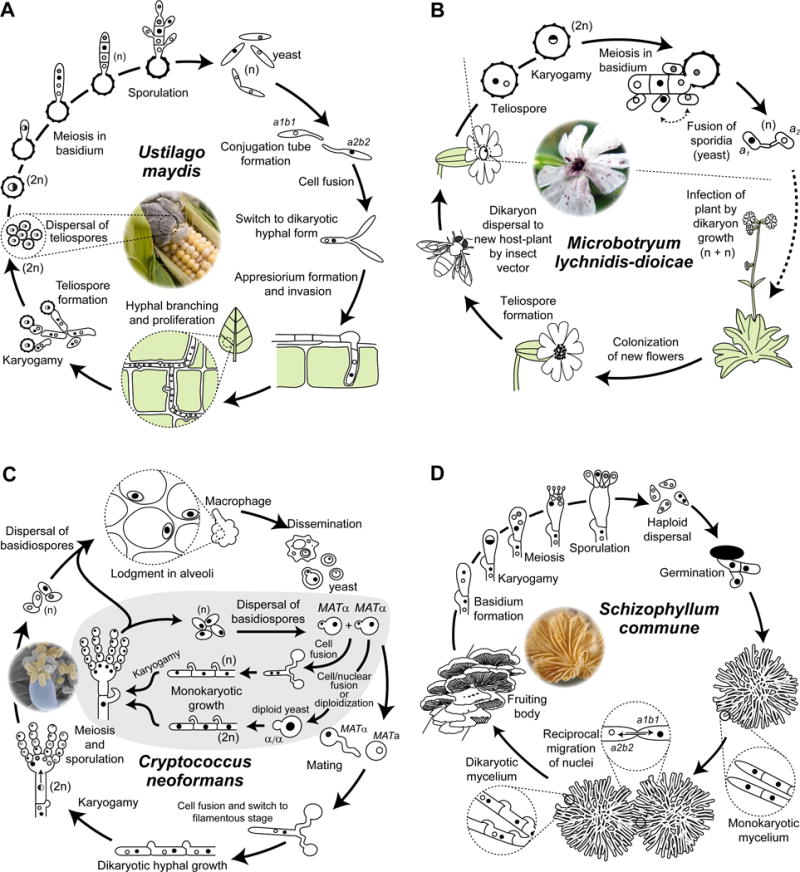Fig. 1. General life cycles of dimorphic and mushroom-forming basidiomycetes.

Three basidiomycetes are pictured where sexual reproduction and a dimorphic switch between a yeast cell and a hyphal form are crucial to infection of plant (A, B) or animal (C) hosts. The haploid yeast form of the maize smut Ustilago maydis (A) and the anther smut Microbotryum spp. (B) are nonpathogenic and can undergo asexual mitotic vegetative growth. In Microbotryum, the yeast stage is, however, short-lived as mating occurs mostly between cells within the same tetrad. Upon mating with a compatible partner, both fungi switch to an enduring infection hyphal form (dikaryon; n + n) that can invade the host plant. Proliferation and differentiation of U. maydis (A) in the plant culminates with the production of masses of wind-dispersing diploid spores (teliospores; 2n) in large tumor-like tissues, whereas in in Microbotryum (B), teliospores are formed in the anthers of infected flowers and transmitted by pollinators onto healthy plants. In the case of Cryptococcus neoformans (C), the single-celled yeast form may be free-living or mycoparasitic. A similar dimorphic switch occurs upon mating of yeast cells of opposite mating type (a or α), ultimately resulting in the infectious propagules (basidiospores) that potentially infect an animal host after dispersal. These infectious structures may also be generated by an alternative homothallic mating pathway (depicted in a grey background), where fusion occurs between cells carrying identical MAT alleles (α/α diploid is depicted) and form monokaryotic hyphae with unfused clamp connections (see text for details). (D) In mushroom-forming fungi such as Schizophyllum commune, germination of haploid spores yields haploid monokaryons capable of independent growth. When two compatible monokaryons meet, a fertile clamped dikaryon is formed which develops into fruiting bodies (mushrooms) triggered upon suitable environmental cues, where basidia arise. In all these and other basidiomycetes, nuclear fusion (karyogamy) is usually delayed until the formation of basidia (or teliospores). Meiosis ensues, generating four haploid nuclei, which will give rise to basidiospores to complete the cycle. Adapted from Morrow & Fraser (2) and Nieuwenhuis et al (17) with permission of the publishers.
